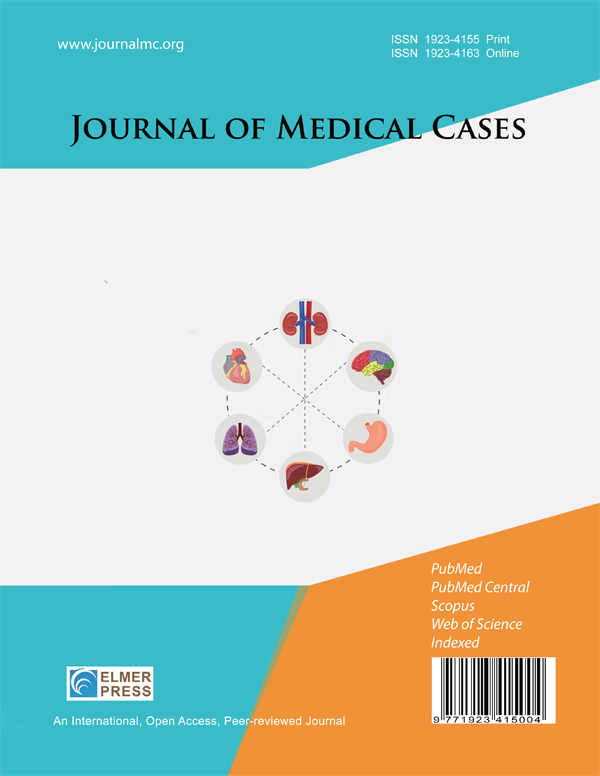Perioperative Care of a Child With Molybdenum Cofactor Deficiency
DOI:
https://doi.org/10.14740/jmc5111Keywords:
Molybdenum cofactor deficiency, Pediatric anesthesiology, Posterior spinal fusion, MolybdenumAbstract
Molybdenum is a trace mineral that is a key component of several enzyme systems. In the human body, molybdenum is complexed with a pterin-based molybdenum cofactor (MOCO), to form the active center of molybdenum-based enzymes. MOCO is synthesized in a four-step process involving six proteins, iron, ATP, and copper. Defects in any of the individual genes involved in this biosynthesis can result in molybdenum cofactor deficiency (MoCD). MoCD is an autosomal recessive disorder with an estimated incidence of 1 in 100,000 - 200,000 live births. Although most patients appear normal at birth, intractable seizures typically develop within hours to days of life, along with feeding difficulties, and subsequent microcephaly, brain atrophy, and severe developmental delay. Mortality is high, with a reported median survival of 2.4 to 3 years. Given the associated end-organ involvement, anesthetic management may be required during radiologic imaging or surgery procedures. We present a 6-year-old child with MoCD type A, who required anesthetic care for a magnetic expansion control (MAGEC) rod insertion with posterior spinal instrumentation under general anesthesia. End-organ involvement of MoCD is presented, previous reports of anesthetic care reviewed, and options for perioperative management discussed.

Published
Issue
Section
License
Copyright (c) 2024 The authors

This work is licensed under a Creative Commons Attribution-NonCommercial 4.0 International License.








